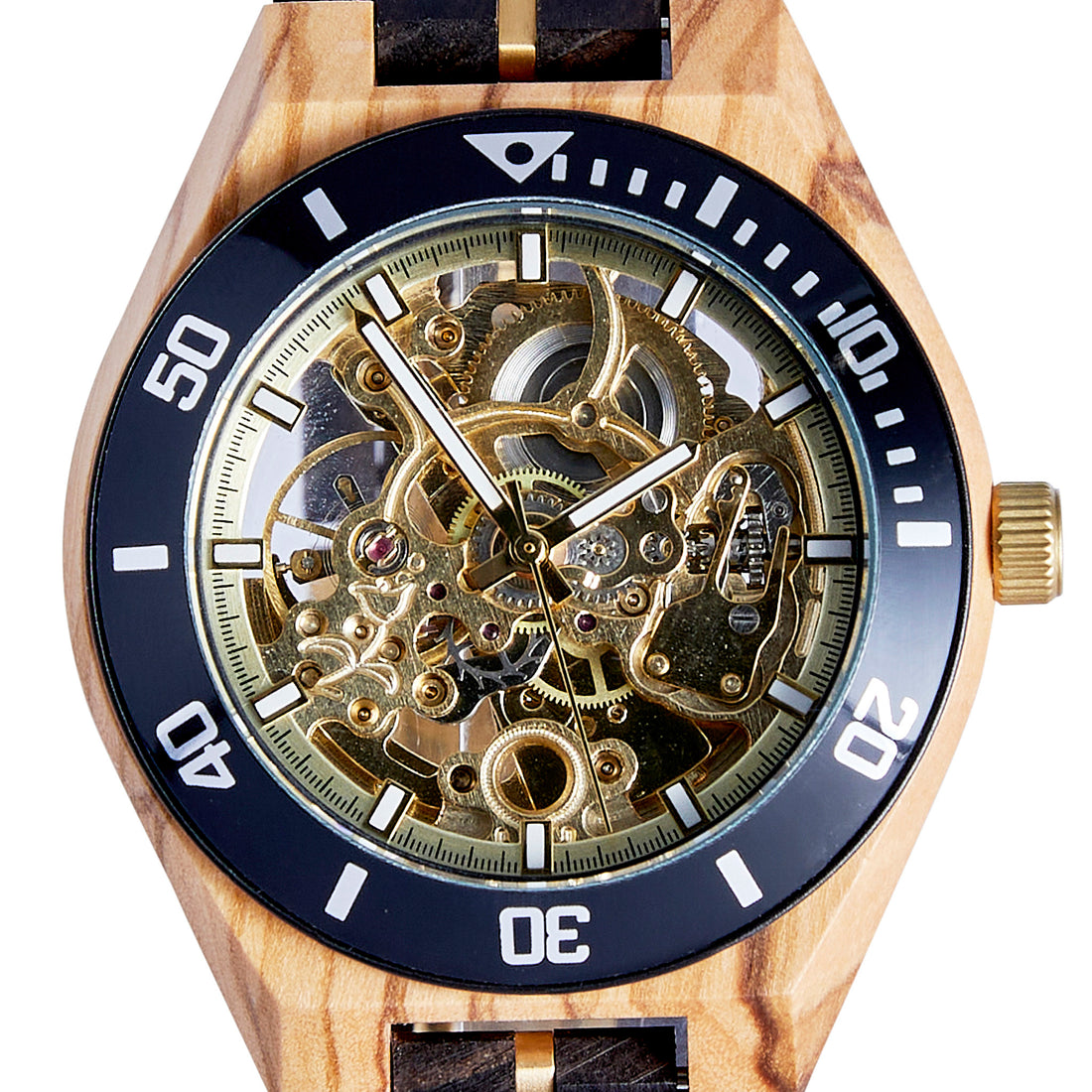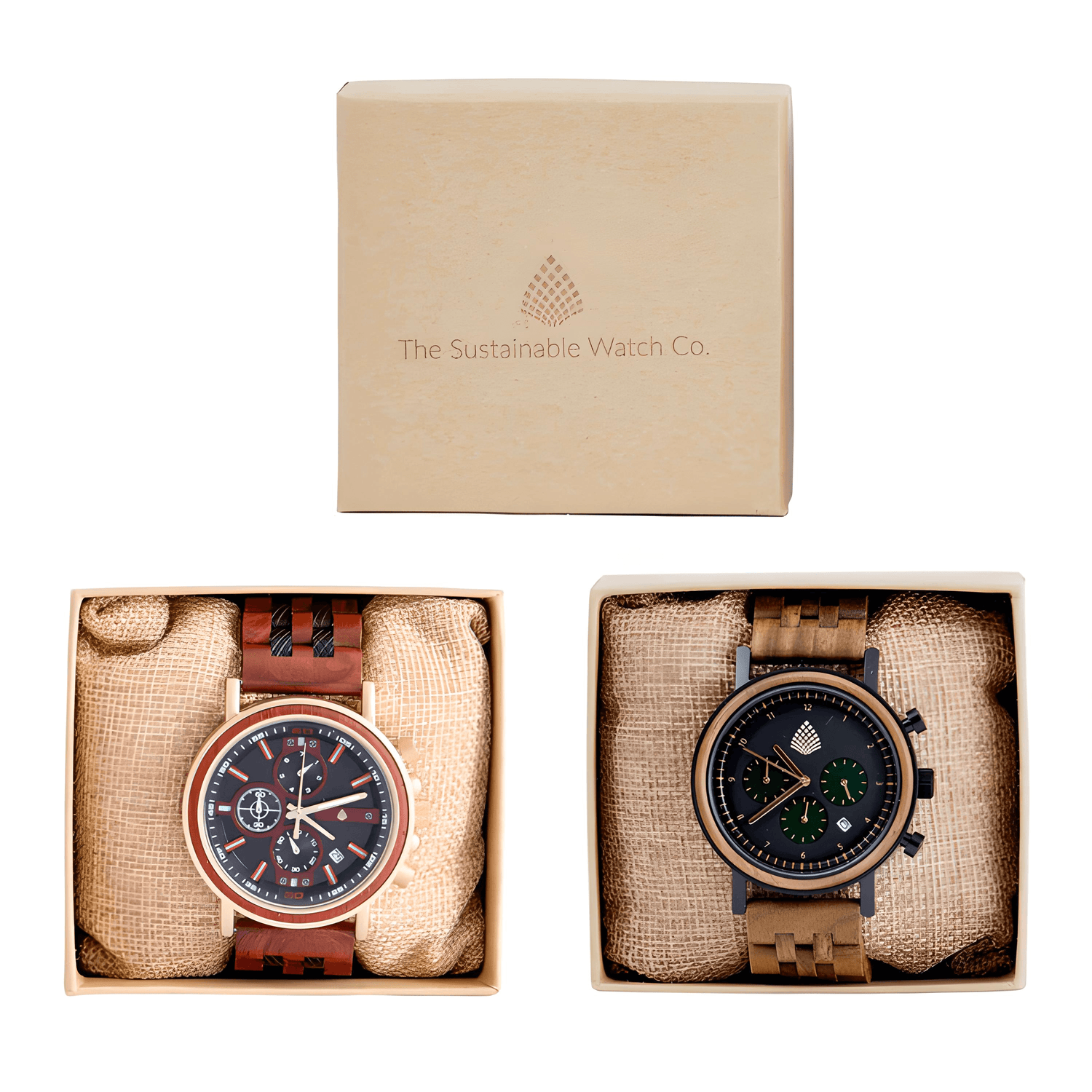
How do Mechanical Watches work?
Share
Watches have come a long way since the sundial days. Nowadays, we have fancy digital watches that can do everything from tracking our steps to ordering pizza (yes, really!). But let's take a step back and appreciate the old-school charm of mechanical watches. How do these little timekeepers work their magic? Strap yourself in (pun intended) as we dive into the fascinating world of mechanical watches.
What makes a mechanical watch tick?
Unlike their electronic counterparts, mechanical watches are powered by good ol' human energy. They rely on a complex system of gears, springs, and levers to keep time ticking away. It's like having a tiny mechanical orchestra on your wrist, playing a symphony of precision.
How does a mechanical watch keep time?
At the heart of every mechanical watch is the escapement mechanism. This little marvel regulates the release of energy from the mainspring, ensuring that the watch hands move at a steady pace. It's like a traffic cop for time, making sure everything runs smoothly.
What's the deal with the mainspring?
Think of the mainspring as the powerhouse of the watch. It's a coiled-up spring that stores energy when you wind the watch. As the mainspring unwinds, it releases this stored energy, which is then transmitted through a series of gears to move the watch hands. It's like a marathon runner, giving it their all to keep the watch going.
Why does a mechanical watch need gears?
Gears are the unsung heroes of mechanical watches. They help transmit the energy from the mainspring to the watch hands, ensuring that time is accurately displayed. It's like a game of telephone, where each gear passes the message along until it reaches its final destination.
What's the deal with the balance wheel?
The balance wheel is the heart and soul of a mechanical watch. It's a tiny wheel that oscillates back and forth, creating a rhythmic motion. This motion is regulated by the escapement mechanism, ensuring that the watch keeps time accurately. It's like a metronome, keeping the beat for the entire watch mechanism.
How do you wind a mechanical watch?
Winding a mechanical watch is like giving it a little pep talk. You gently turn the crown (that little knob on the side) to wind the mainspring. It's important not to overwind it, though, or you might end up with a watch that's as tight as a drum (and not in a good way).
Why choose a mechanical watch?
While digital watches may be more accurate and convenient, there's something special about a mechanical watch. It's a work of art, a testament to human ingenuity. Plus, wearing a mechanical watch is like having a little piece of history on your wrist. It's a conversation starter, a fashion statement, and a reminder to appreciate the beauty of the analog world.
So, the next time you glance at your mechanical watch and see the hands gracefully gliding across the dial, take a moment to appreciate the intricate dance happening beneath the surface. Mechanical watches may be a bit old-fashioned, but they're a timeless (pun intended, again) reminder of our ability to create something truly remarkable.

